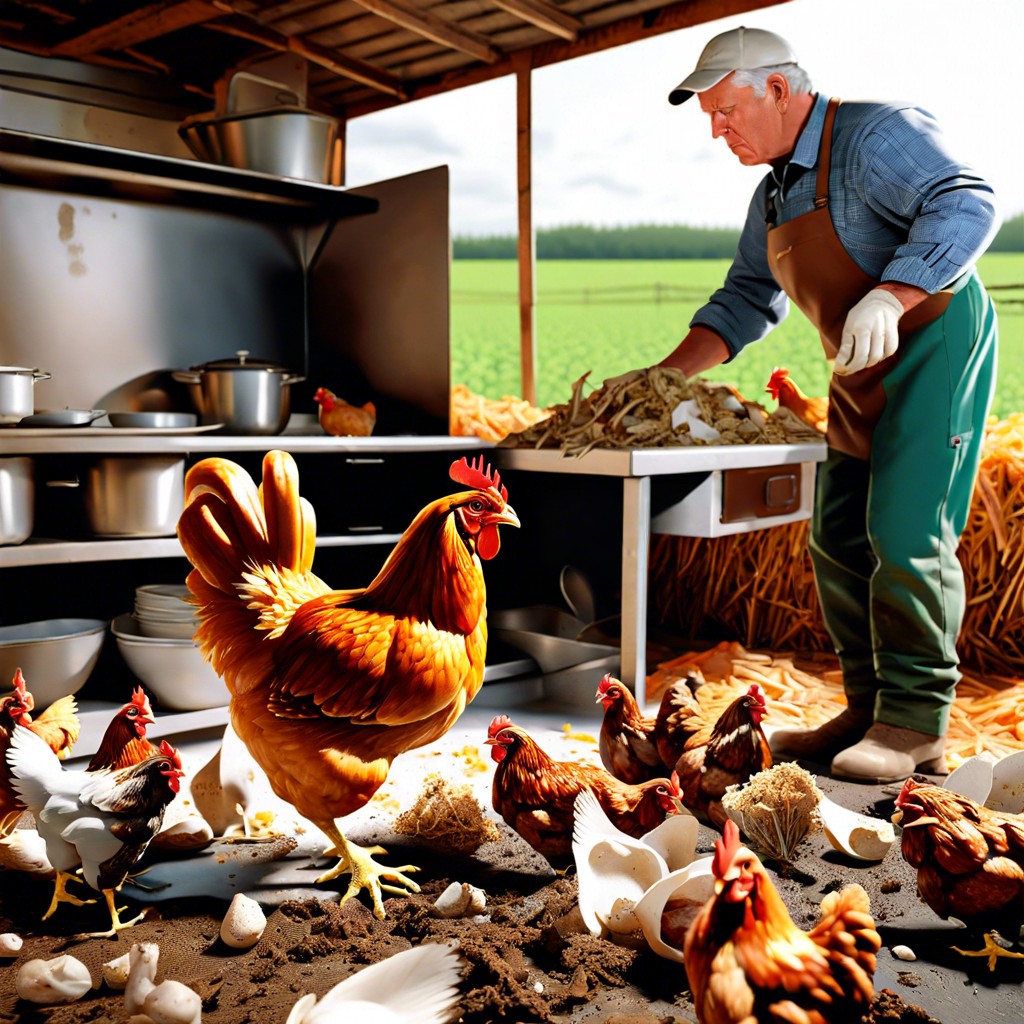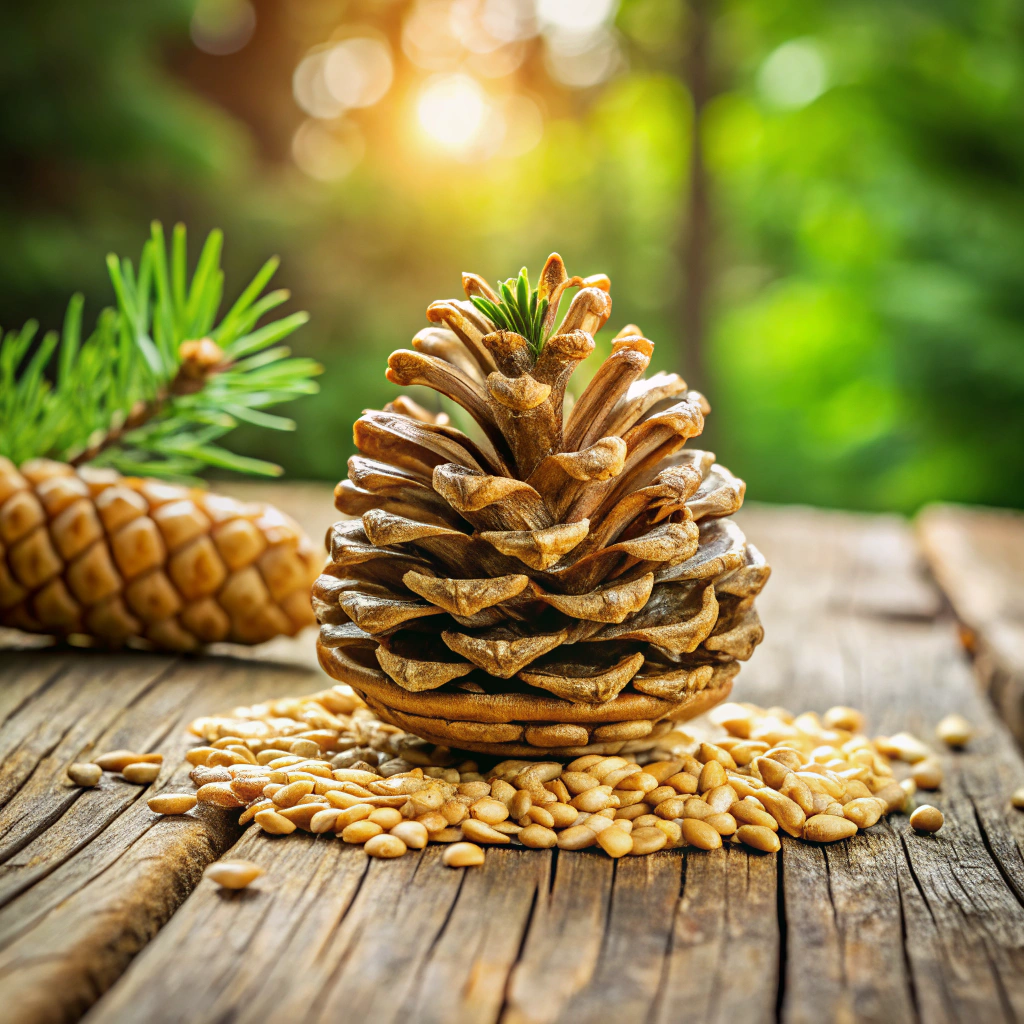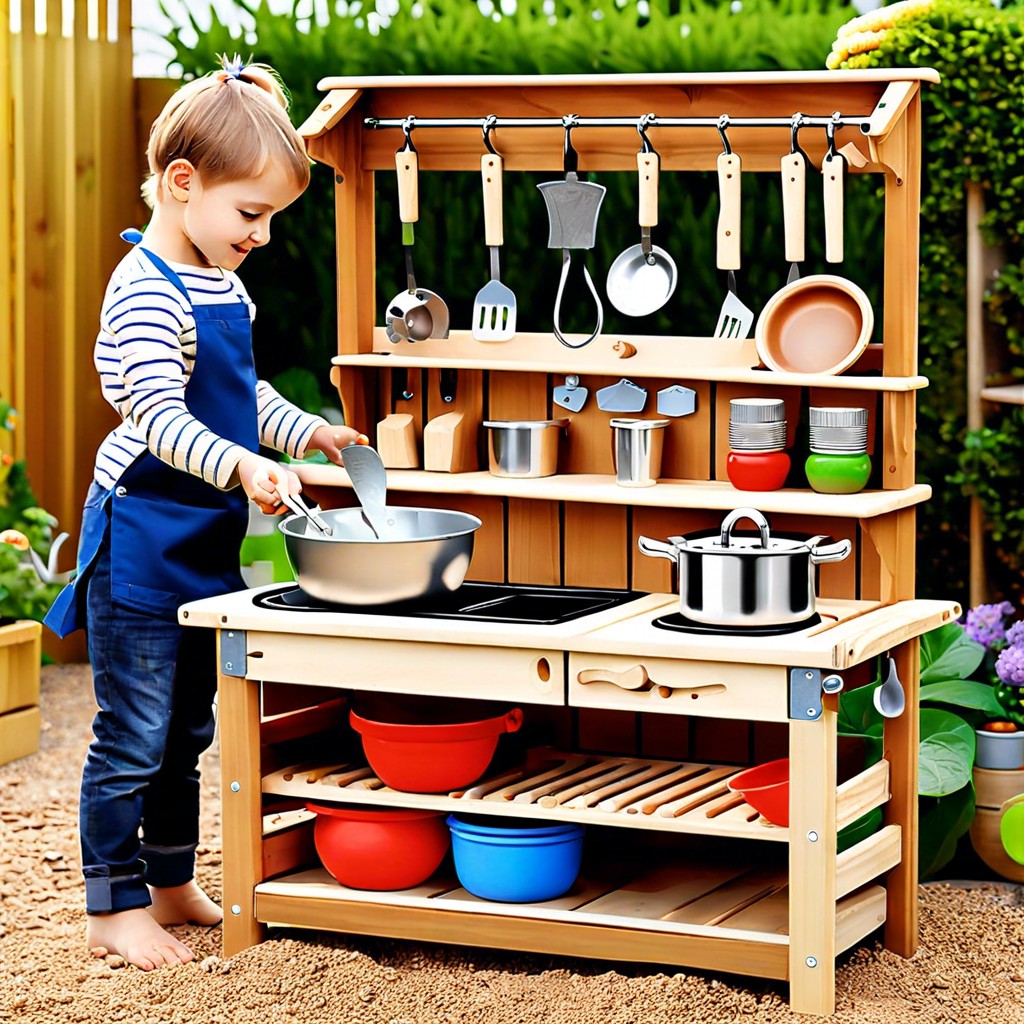Last updated on
Learn why feeding chickens kitchen scraps is illegal and the impacts it can have on both poultry and public health.
Key takeaways:
- Feeding chickens kitchen scraps can introduce pathogens and toxins.
- Regulations on feeding leftovers to livestock vary by country and state.
- Improper disposal of kitchen waste can harm the environment.
- Properly dispose of kitchen scraps through composting, worm farming, or council-provided bins.
- Provide a balanced commercial feed and supplement with nutritious alternatives.
What's Inside
Health Risks Associated With Kitchen Scraps

Chickens aren’t garbage disposals; they’re living creatures with specific dietary needs. Feeding them kitchen scraps can introduce pathogens like Salmonella or E. coli, which may not only sicken the birds but can also affect humans handling them or consuming their eggs. Moreover, scraps like coffee grounds, chocolate, or avocado can be toxic to poultry.
Scraps high in salt, sugar, and fat upset a chicken’s nutritional balance. Just like humans, an imbalanced diet leads to health problems in chickens, such as obesity or malnutrition, potentially reducing their lifespan and productivity.
Moldy food is another hazard. While chickens have robust immune systems, they’re not impervious to mycotoxins produced by mold. These toxins can cause respiratory issues and affect egg quality, presenting risks to both the chicken and egg consumers.
Lastly, varied leftover foods can throw off the careful calcium to phosphorus ratio required for laying hens. Imbalances can lead to weaker eggshells and can harm the hen’s bone health, which is especially concerning for those farming with egg production in mind.
Remember, though chickens forage and seem to eat anything, the healthiest approach is a well-researched and planned diet. Save your kitchen scraps for composting, and treat your feathered friends to proper nutrition designed just for them.
Legal Regulations On Feeding Leftovers to Livestock
Legislation concerning the feeding of kitchen scraps to chickens and other livestock often stems from disease control efforts. Scraps can carry bacteria such as Salmonella or E. coli, leading to outbreaks that not only affect the health of the animals but can also pose a significant risk to human health. To mitigate these concerns, some countries have implemented rules.
For instance, in the European Union, regulations are quite strict. The Animal By-Products Regulations disallow feeding any catering waste, or kitchen scraps, to livestock. The aim is to prevent the spread of diseases like foot-and-mouth disease and swine fever.
In the United States, while the federal government doesn’t outright ban the practice, state laws vary considerably. Some states have outright bans, while others allow it with restrictions to ensure the scraps are heat-treated to kill potential pathogens.
Meanwhile, Australia maintains a policy referred to as the ‘Swill Feeding Ban’, which echoes similar concerns and restrictions; it is illegal to feed any meat or meat products to chickens.
Lastly, with the rise of avian influenza, there are compelling reasons for these precautions beyond traditional livestock illnesses. This demonstrates the intricate relationship between agricultural practices and regulatory measures designed to safeguard both animal and human health.
Environmental Impacts of Improper Disposal of Kitchen Waste
Kitchen scraps, when disposed of improperly, can have a significant impact on the environment. Scraps that are just tossed outside can attract rodents and pests, creating a local imbalance and potential health issues. Additionally, decomposing organic matter can contribute to the release of methane, a potent greenhouse gas that exacerbates climate change. Inappropriate disposal can also lead to nutrient run-off into waterways, which can cause eutrophication—a process that depletes oxygen in water bodies and leads to the death of aquatic life. On the other hand, feeding chickens kitchen scraps thoughtlessly can cause similar problems, as uneaten food will still decompose, attracting pests and releasing methane. It’s important to understand that how we dispose of our food waste, whether through feeding chickens or other means, has a cascading effect on the local ecosystem. Minimizing food waste and considering composting are effective ways to reduce these negative impacts while contributing to soil health and reducing our carbon footprint.
How to Properly Dispose of Kitchen Scraps Without Harming Chickens
Disposing kitchen scraps can be a cinch while ensuring the wellness of your chickens and contributing to a greener environment. Start by separating organic waste from other types of kitchen rubbish. This prevents the spread of harmful bacteria and keeps unwanted scraps from reaching your chickens.
Composting is a fantastic way to transform your vegetable peels, fruit waste, and coffee grounds into nutrient-rich soil. Keep it contained within a compost bin, safe from roaming chickens, and let nature work its magic. The process is slow, but the outcome benefits both your garden and the planet by reducing landfill waste.
Worm farming is another avenue for organic kitchen scraps. It doesn’t just get rid of your waste; it also creates a supply of worms as a protein-rich treat for your flock. Remember, moderation is key.
For scraps that aren’t suited for composting or the worm farm, such as cooked food, meat, or dairy, consider using a council-provided organic waste bin if available. Ensuring that these waste types are securely disposed of keeps the chickens away from potential health hazards and aligns with local waste management strategies.
Lastly, engage with recycling programs that may turn specific food wastes into renewable energy or other useful commodities. By adopting these methods, you support the chicken’s health and contribute to a sustainable ecosystem.
Alternatives to Kitchen Scraps for a Healthy Chicken Diet
Understanding the dietary needs of chickens is key to their health and productivity. Instead of kitchen scraps, consider these nutritious alternatives to keep your flock flourishing:
Start with a balanced commercial feed designed for chickens. These feeds typically contain the right mix of proteins, carbohydrates, vitamins, and minerals essential for growth and egg production. They come in various formulations to cater to different life stages, from starter to layer feeds.
Next, supplement with whole grains like oats, barley, or wheat. These are excellent sources of energy and can be scattered to encourage foraging. Chickens naturally forage for food, and this activity also promotes exercise, reducing boredom and aggressive behaviors.
In place of kitchen scraps, look to fresh greens. Lettuce, kale, and Swiss chard can be hung in the coop for chickens to peck at. These leafy greens not only provide important nutrients but also offer environmental enrichment.
For added protein and a treat, offer mealworms or black soldier fly larvae. These are especially beneficial during molting when chickens need extra protein to regrow feathers.
Calcium is critical for laying hens, and crushed oyster shell or eggshell provides a good supplemental source. This ensures strong eggshells and prevents the depletion of calcium from the hen’s bones.
Finally, always have clean, fresh water available. Hydration plays a crucial role in digesting feed and maintaining overall chicken health.
By choosing these suitable alternatives over random kitchen scraps, you promote the health of your chickens and adhere to any legal guidelines in place, ensuring your poultry thrives in a safe and healthy environment.




